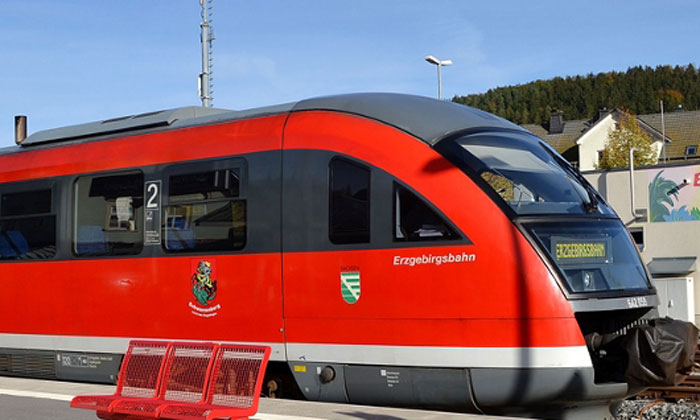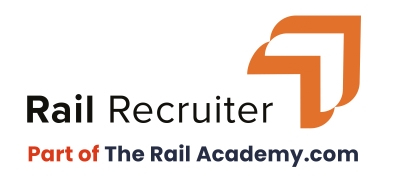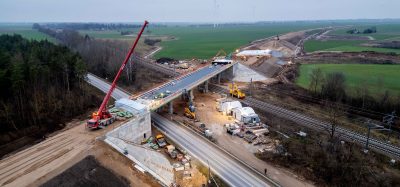Digital rail revolution in Germany with innovative interlocking technology
Posted: 8 March 2018 | Global Railway Review | No comments yet
The installation of new digital interlockings marks the beginning of a new generation with intelligent field elements, reduced costs and high-quality safety standards…


Credit: Erzgebirgsbahn
Deutsche Bahn AG has installed digital interlockings for trains for the first time in Europe.
The digital interlocking (DSTW) began operation in Annaberg-Buchholz, on the Erzgebirgsbahn in south eastern Germany, welcoming a revolution for rail control and safety systems.
The dispatcher’s switching commands are transmitted to the points, signals and track contacts via network technology. As a result, the previously required individual connections to the individual interlocking elements have been eliminated. Signals and points can now be controlled at much greater distances with the DSTW network contacts via a data line.
”Annaberg-Buchholz stands for one of the biggest technology projects in the history of Deutsche Bahn,” emphasises Klaus Müller, CTO of DB Netz AG. “Intelligent communication networks and their associated standardised and modularised technology are setting the trend for the coming years. They enable us to operate rail transport more economically, while saving resources and ensuring greater efficiency for our customers. The new interlocking technology is thus a milestone in the digitalisation of rail infrastructure and will be the basis for higher capacity and improved punctuality in rail transport.”
The DSTW system in Annaberg-Buchholz marks the beginning of a country-wide implementation of a new and innovative interlocking generation. The technology can be used for operations on main lines with heavy traffic and major hub railway stations as well as for simpler applications in rural areas.
Michael Peter, CEO of the Mobility Division at Siemens, said: “For the first time ever, an interlocking transmits its IP-based commands to the system’s field elements such as points and signals. This allows new flexibility in planning, makes possible the use of intelligent field elements and will generate positive cost effects over the longer term. And all this is achieved, of course, while meeting the strictest safety standards for operations.”
Related topics
Digitalisation, Infrastructure Developments, Technology & Software








